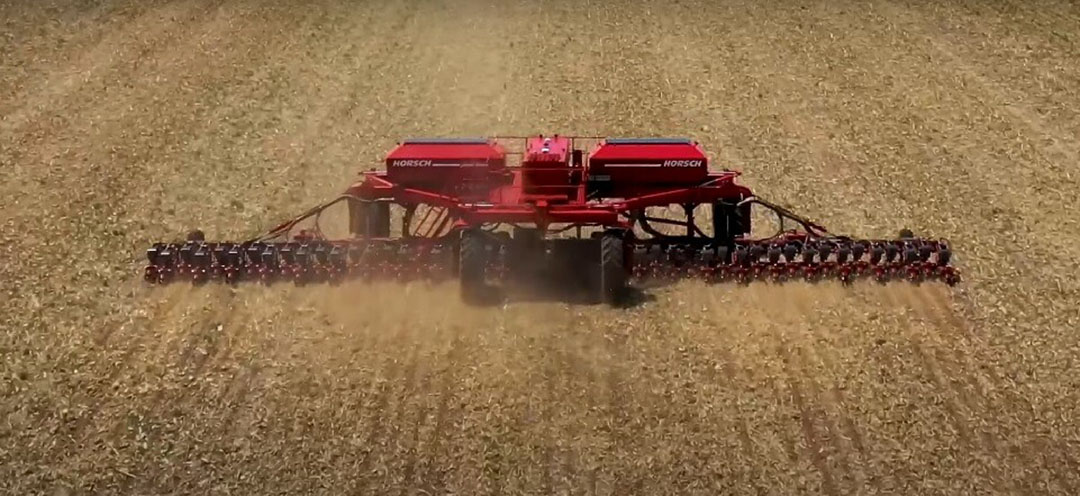Horsch introduces its autonomous planter to the world

The German company Horsch chose Brazil, more specifically the Bahia Farm Show, in Luís Eduardo Magalhães, Bahia, to present to the world its autonomous planter concept, the Gantry RO G 500.
The project, which began 20 years ago, finally became a reality thanks to the evolution of computer science, sensors, and several other cutting-edge technologies in agribusiness and vehicle autonomy.
The presentation takes place after the machine spent the entire second half of 2022 working on soybean areas in the Matopiba region (Maranhão, Tocantins, Piauí, and Bahia), in northeastern Brazil, to validate its entire technological set.
“The Horsch RO G 500 is a self-propelled seeder with the ability to autonomously traverse lines previously planned on the computer. The machine presented to the public now allows Horsch to take significant steps towards full automation and autonomy in the field”, says the CEO of the company in Brazil, Rodrigo Duck.
Text continues below video
Widths up to 36 meters
Horsch Gantry´s design also brings advantages: the weight required for the row cutting and pressure discs can be transferred very efficiently from the chassis, with the seed tanks and engine, to the planting bar and distributed throughout the working width.
The height of the chassis, in turn, allows the planting bar to copy the irregularities of the soil and terraces.
The concept of the Horsch RO G 500 seeder is designed to allow working widths of up to 36 meters. In addition, there is the possibility of exchanging the summer planting bars for winter crops.
Text continues below picture

Why starting point in Brazil?
Michael said that Brazil is highly interesting as a starting point for Gantry. According to him, the areas are becoming bigger and bigger in the country and it makes perfect sense to have a self-propelled seeder when there are two harvests per year.
The Horsch Gantry RO G 500 development project is being continued as a high priority at Horsch. In addition to GPS technology and improved traffic planning for more efficiency, the focus is also on detection and environmental safety.
For this, several technologies are being tested and evaluated. “I’m especially concerned about optimal integration with a robot into the operational workflow,” says Mr. Horsch.
New and modern operation
In his view, the opportunity to use a piece of autonomous machinery, for example, resides in the fact that farm employees can carry out many other tasks. “In the practical use of the Horsch Gantry, the emphasis is mainly on autonomy and logistics,” he points out.
Michael also said that in many agricultural regions, finding young farm workers is becoming increasingly challenging.
“Autonomy brings the advantage of being able to operate highly advanced systems through digital tools such as smartphones and tablets, taking advantage of agronomic expertise and, thus, creating a new and modern operating model”, he concludes.
